OXIGEN salud
Infant apnoea monitoring
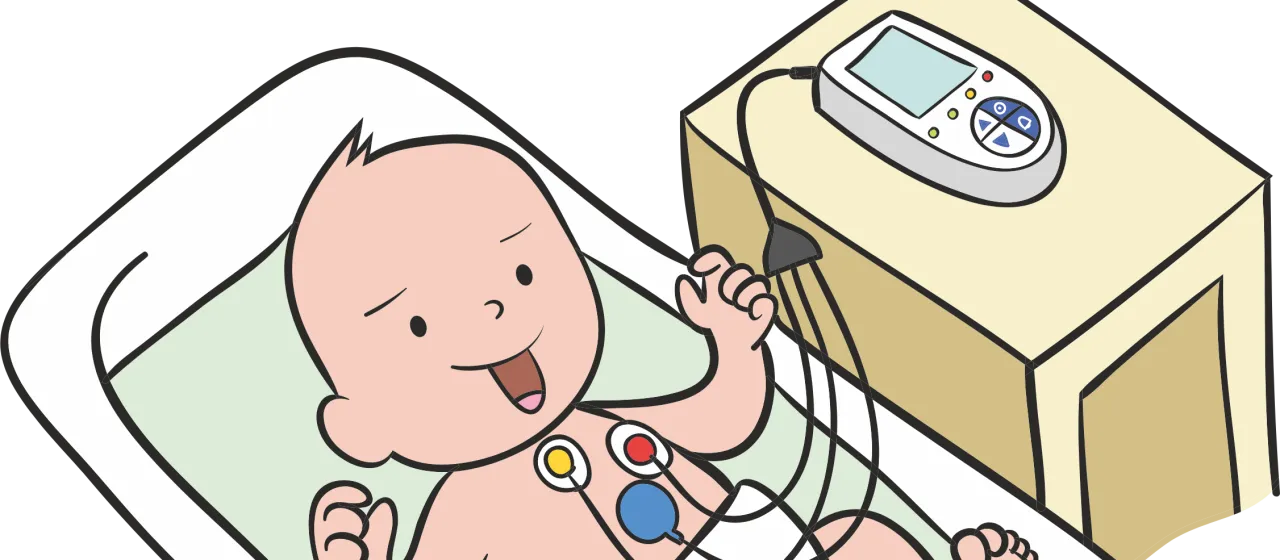
OXIGEN salud
Infant apnoea monitoring
The infant apnoea monitor can be attached to the baby’s chest or abdomen with adhesive patches. The monitor tends to be used for an average of 3–12 months.
OXIGEN salud offers monitors and electrodes that adapt to each baby’s needs.
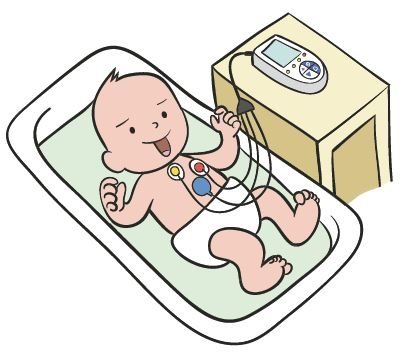

Before using disposable electrodes, clean the baby’s chest with soap and water, then dry it. Never use oils, lotions or baby powders on the area where the electrodes will be placed.
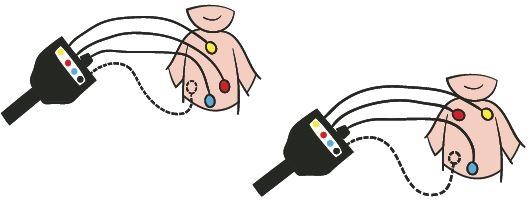
Stick the electrodes to the baby’s chest in a horizontal line, a few centimetres below the armpits, following the diagram. If the skin becomes irritated, remove the electrodes and consult a medical professional.
Connect the other ends of the cables to the patient connector, according to the colour code. Push the cable into the connector until it is securely in place.
Handle the lead wires using the plastic grips. Make sure no knots are made in the wires. Never try to plug the lead wires into a mains socket.
Replace the electrodes and materials for attaching them periodically, in accordance with the instructions of the OXIGEN salud team.
Place the monitor on a stable chest of drawers or table next to the cot. Make sure the alarm lights can be seen when you enter the room and that there is nothing around the monitor to muffle the sound of the alarm.
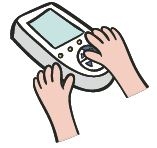
Keep the monitor out of reach of children.
Do not use extension cables to plug in the monitor. Position the cot and the chest of drawers/table near a wall with a mains socket, as long as the model requires an electrical connection.
Never place the monitor on a television or another electronic device that could cause electrical interference (microwaves, computers, etc.). If any interference occurs, use another mains socket if the device allows it.
Anyone looking after the baby should be trained in how to use the monitor and in CPR.
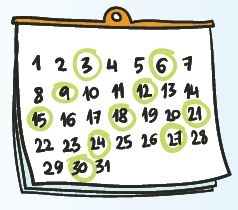
Contact OXIGEN salud before each doctor’s appointment to download the data from the monitor. Should the device’s internal memory be full, call the company so that the data can be downloaded.
If there is a faulty electrode, wire or cable, a continuous alarm will sound due to loss of contact. Call OXIGEN salud to request a new set of electrodes. Make sure you have enough accessories if you are planning on travelling. Contact us to find out about suppliers in your destination.
Shall we call you?